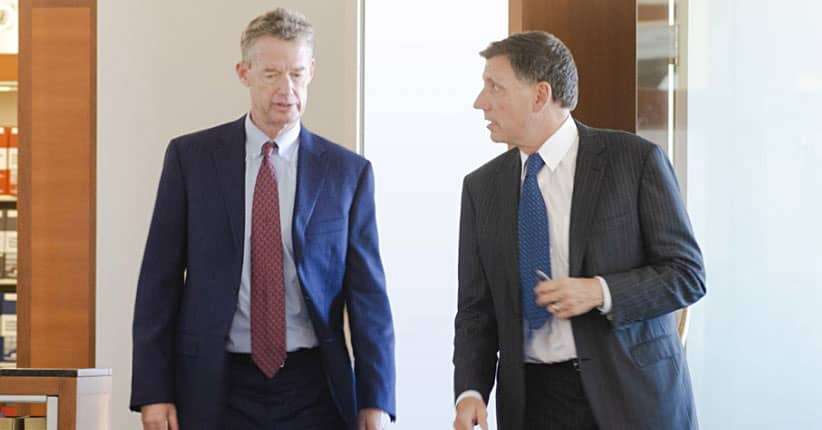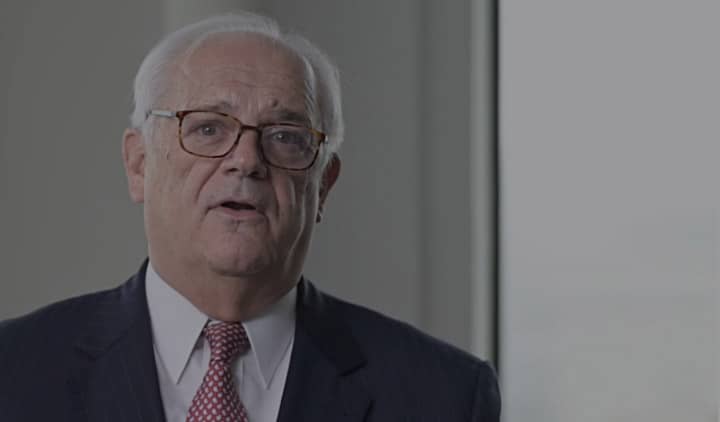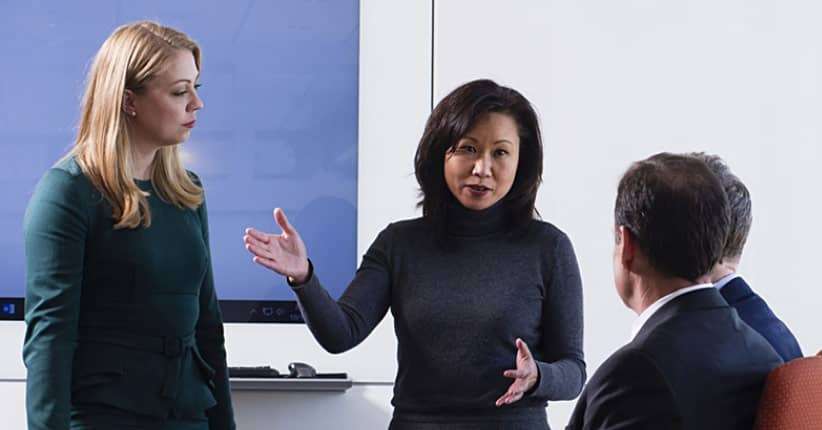Autonomous vehicles have been the recent subject of news coverage. California is home to companies leading the autonomous vehicle movement, including Google and Uber. Motorists in the Bay Area might have already seen these vehicles in action as they go through rigorous testing. Widespread use of fully autonomous vehicles may still be years away, but large automakers are beginning to include autonomous features in their latest model vehicles. This raises some interesting questions regarding liability in self-driving car accidents. Will you need an autonomous car injury lawyer? How will insurance law change, and who will ultimately be responsible for injuries sustained in a car with an autonomous vehicle?
An Important Precedent
In May 2016, a resident of Canton, Ohio, became the first to die in a crash with a self-driving car. Using the Autopilot system of his Tesla, Joshua Brown set his cruise control to 74 miles an hour. As he hurdled down the highway in Florida, a tractor-trailer crossed in front of his path. The autopilot failed to perform evasive maneuvers and avoid a crash.
In a statement, a Tesla spokesperson states that a camera on Brown’s car failed to recognize the tractor-trailer because of the reflection of the sun. As a result, it did not brake, slow down, or issue any warnings to the driver.
In the days that followed, the National Highway Traffic Safety Administration conducted a thorough investigation and found the automaker’s technology was not at fault for the crash. Tesla’s autopilot technology has the capability to keep its vehicle from rear-ending others but not necessarily to accommodate traffic that crosses its path. Therefore, no design or performance defect existed, absolving the company of liability.
Rather, the NHTSA found that the driver was responsible for the crash. Had he been paying attention, he would have seen the truck crossing the road and had adequate time to take evasive maneuvers to prevent a crash. An eyewitness to the incident reported that he had a Harry Potter movie playing in the Tesla after the crash occurred.
In this instance, Tesla successfully eluded liability, because its technology intends to aid drivers, not replace the human element of driving. However, in the future, automakers promise to make fully autonomous vehicles that can drive themselves without the need for any human intervention. Who will be responsible for crashes then?
The Future of Autonomous Vehicle Liability
Right now, insurance laws are simple compared to the way they might look in the next decade. As of now, humans cannot lawfully delegate the responsibility of driving to an outside technology or element. Every driver still has a duty of care to others on the road, even if that duty of care merely extends to intervening when an autonomous element cannot take evasive maneuvers to prevent a crash. However, the NHTSA recommended in 2016 that this law change considering the explosion of autonomous technology available on today’s vehicles.
The traffic safety organization recommended that different legal standards apply to depend on who – or what – has primary responsibility for monitoring the activities of driving. Vehicles with high levels of autonomous technology, for example, may share more of the responsibility. Therefore, it makes sense that an automaker should share more of the liability for a potential accident. In short, if a driver cannot operate the motor vehicle, or manufacturers advertise that a driver should not have to operate a motor vehicle, then the manufacturer should be liable for any damages a driver or passenger incurs from malfunction.
The laws surrounding liability regarding autonomous vehicles will likely change the technology becomes more widely available. In the meantime, drivers still shoulder much of the responsibility for intervening and taking evasive measures to avoid a crash.


